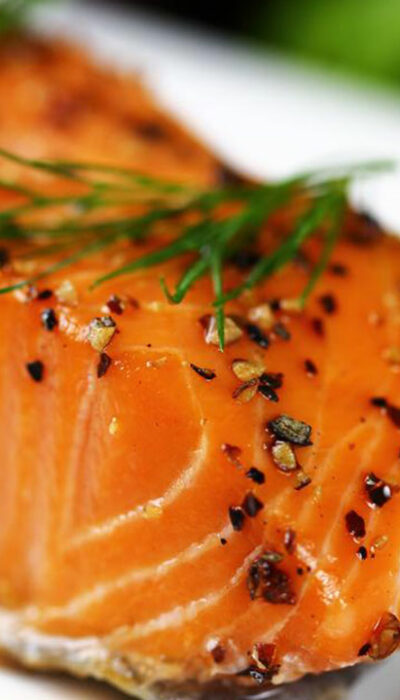
Learn about Hernia and Effective Treatment Options
A hernia can be described as a condition most commonly occurred in the abdomen or groin area where an organ or tissue breaks or squeezes through a feeble opening in a nearby or surrounding connective tissue or muscle. This condition leads to a localized pain bulge and other types of discomforts. Hernia can be classified into different types of include inguinal hernia, hiatal hernia, umbilical hernia and incisional hernia. Most hernias do not cause any threat to your life, but they do not heal on their own. At certain times, surgery is needed for preventing possible dangerous complications. Other hernia treatment options are available to get rid of this problem in a fast manner. Leading causes of hernia The combined effect of muscle strain and weakness causes hernia. Muscle strain or weakness occurs due to several reasons. When the abdominal wall fails to close properly in the womb, you may experience hernia. Other reasons include persistent sneezing or coughing, age, surgery in the abdomen or groin, chronic coughing, fast weight gain, pregnancy related complications, abdominal fluid, severe constipation and lifting heavyweight. Prominent symptoms The initial symptom of a hernia is a lump or bulge in the area. When it comes to inguinal hernia, you can find a lump on two sides of the pubic bone. It can be felt through touch when you are bending down, coughing or standing up. In case of babies, you can feel the hernia when they are crying. Another symptom of a hernia is the pain in the lower abdomen (it becomes severe when you bend over) and it also worsens when you life something or cough. Other leading symptoms are a feeling of heaviness, pressure or weakness in the abdomen, a burning sensation at the bulge, acid reflux, chest pain and swallowing difficulty. In certain cases, hernias do not show any symptoms and you will come to know only when medical or physical examination is done for a different health problem.










